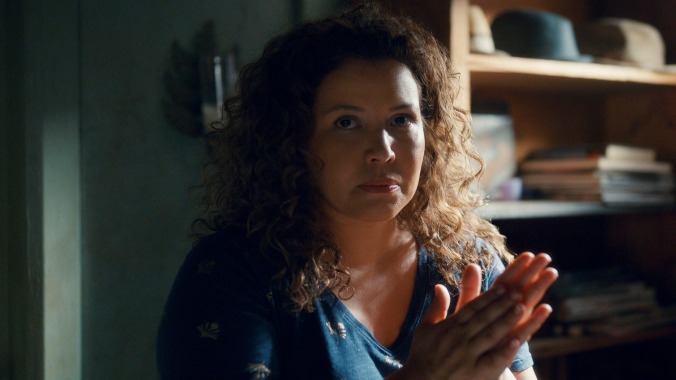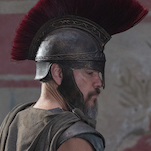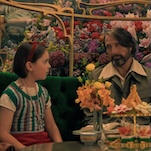The Horror Of Dolores Roach review: A bloody good cannibal dramedy
One Day At A Time's Justina Machado steals the show in Prime Video's bite-sized, binge-worthy series

The Horror Of Dolores Roach, Prime Video’s gory, gripping dramedy that releases in its entirety on July 7, is a contemporary gothic tale that winks at its original inspiration, Sweeney Todd. The show doesn’t reinvent that penny-dreadful classic, exactly, but rather gives it a modern-day makeover to amusing results. Here, the right combo of love, betrayal, murder, and cannibalism gets emulsified with commentary on mass incarceration, gentrification, and classism. It’s a chaotic task to juggle all of that over the course of eight under-30-minute episodes. Yet The Horror Of Dolores Roach pulls it off, presenting a darkly comedic and horrifying character study in the process.
The series, first and foremost, is an effectual portrait of Dolores Roach (played by an irresistible Justina Machado). Everything around her—friends, lovers, victims, locations—adds value, but the script lives up to its title. Dolores’ ambition and struggle to endure leads her down an improbable path. Is she a victim of her tragic circumstances? Can she be blamed for her unbridled anger stemming from deception? Did she really need to commit multiple crimes to survive? THODR raises potent questions about its lead, painting her with empathy and vulnerability but making it crystal clear that she’s still a villain. At one point, she exclaims, “I’m a monster. Worse, I’m real.” And she’s right because, you know, Dolores Roach is an impulsive serial killer.
Considering how quickly THODR sets up this premise, we’re hoping that reveal isn’t a spoiler. Besides, the show is based on Gimlet’s popular podcast of the same name (which was adapted from series creator Aaron Mark’s one-act play, Empanada Loca). The show flourishes with a well-established narrative, with influences from Victorian-era Sweeney Todd. The latter character’s grotesque fable has been memorialized on stage, in musicals, and onscreen for decades—something THODR is well aware of. The premiere opens with a Broadway marquee and an actor reliving Dolores’ life story in front of a captivated audience. That first scene is musical-level flashy, offering a neat sign of what’s to come.
The dialogue, as well as Dolores’ voiceovers, are comical and surreal, but also grim and nauseating (good luck looking at empanadas the same way again). Through macabre kills and often bloody visuals, the show cements itself in the cannibalistic horror genre. It’s no Yellowjackets, with teen girls ripping flesh off a charred corpse. THODR is subtler, but the implications are disgusting nonetheless. The violent luridness is interwoven with a surprisingly grounded central theme of second chances, and how far Dolores will go to maintain hers.








































